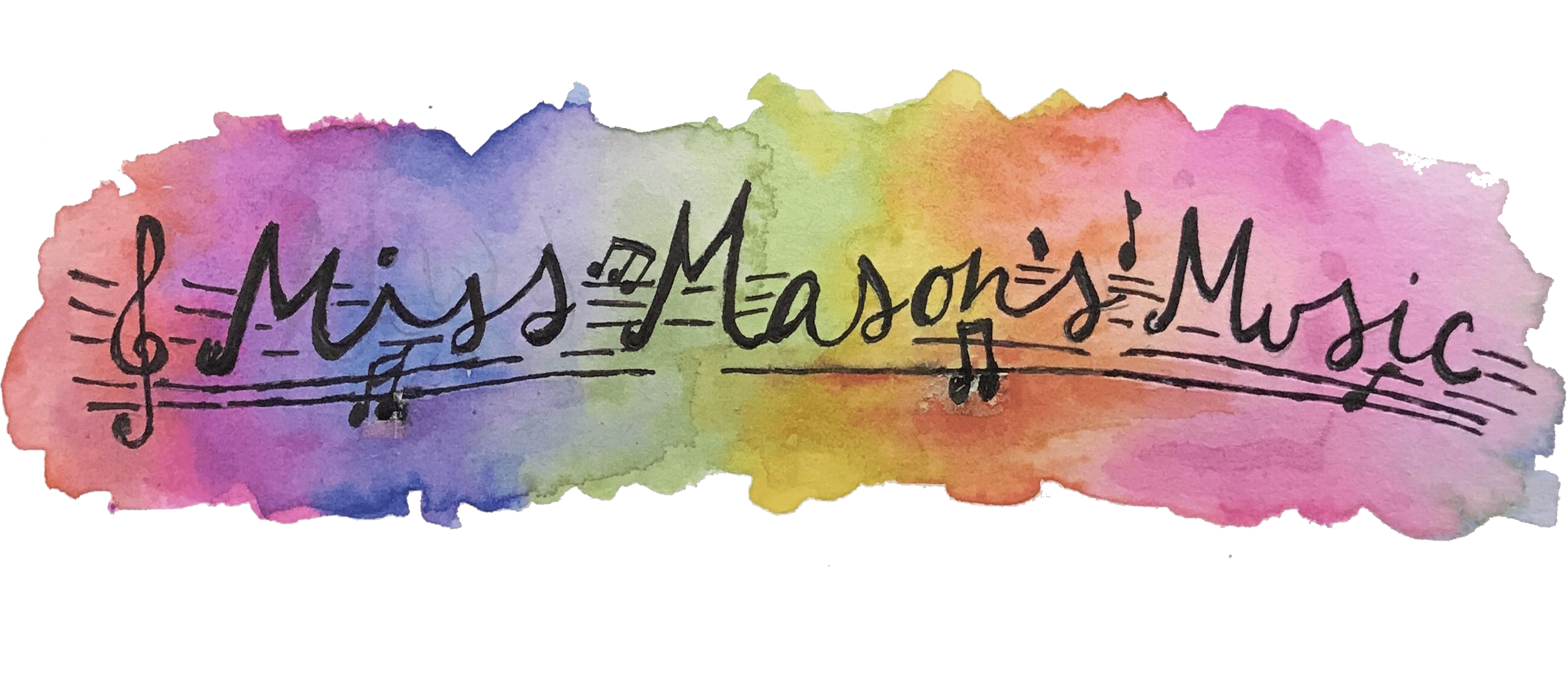Mason used The Teacher’s Guide to Mrs. Curwen’s Pianoforte Method (The Child Pianist) for Piano Instruction. I have extracted pages from the Teachers Guide for easier use. Along with that I have linked the Lesson books that were used for each Level or what Mrs. Curwen called “Steps”. Mrs. Curwen was the daughter-in-law of John Curwen, the developer of the Tonic Sol-fa Method and hand signs.
I think if you have some musical training, much of this isn’t hard to comprehend. It just might take some time to work out in your mind and change the way you think about piano instruction.
The biggest hindrance for me are the British terms for different musical note names. Here is a Wikipedia Article with a chart to help you. Once you memorize this or use this chart, most of the older music books will be accessible to you. Interestingly enough, although I thought these were archaic names, it appears that these note names are still used in Australia and Britain! Who knew!?
Introduction – Read to understand Mason’s Approach to Piano instruction, about 30 pages.
I have also placed the Appendices by topic here, at the beginning, by the Introduction because it appears to me that all of the content therein is necessary for us to understand HOW to teach the students with this curriculum. It’s quite bit of reading, but I think it’s pretty important to have a fully-orbed understanding of the philosophy behind the methods. I am still in the research stage of Piano Instruction, so join me as I read! We’ll try to discover together. I will try to add my narrations here as I am able in order to help you better understand the content. (Note: I was a vocal major, and not a piano major, so this is an area I would love to have help with! If you are interested, please contact me!!)
Appendices by Subject – Utilize as Mini-Introductions to these topics!
Appendix I: On Technical Training
Appendix II: On Class Teaching
Appendix IV: Notes on the Recreative Music
Appendix V: Notes on the Duets of the Swinstead Series
Index and Certificates for Graduating
Preliminary Course
Preliminary Course Introduction – Piano for Beginners around ages 5-8, to be completed before beginning formal lessons and done orally at the students pace without piano books. This course covers Rhythm and Pitch, but she recommends another author for appropriate “Touch” or technique.
On Technical Teaching from the Appendix. This seems important to understand, so you can add the technical training into these beginning lessons as well.
The Child’s First Steps in Pianoforte-Playing by Tobias Matthay: This is the Booklet she recommends the teacher uses for beginning technique during the preliminary course (about 20 pages). In each lesson there are three parts: the Rhythm, the Pitch, and the Technique. Each is taught separately in the beginning to lay a solid foundation. She gives lesson ideas for Rhythm and Pitch, and then suggests the use of this booklet for technique. (For those interested in a more in depth study on Matthay’s theory of technique training, you may want to read his other books: The Act of Touch, The shorter version of Act of Touch called First Principles of Pianoforte Playing, and his Relaxation Studies.)
Preliminary Course work – Teacher’s Guide includes each Oral Lesson outline for teacher to go through with students
First Piano Lessons by Walter Carroll – This piano Music is suggested by Mrs. Curwen to be used during the Rote-Playing Stage of Children. It should be taught by the teacher, by ear and rote and not by sight-reading done by the Child. I also suggest that if the child does well at this, you could also use Suzuki Piano Volume 1 to extend the listening and playing by rote skills. You can find more about this stage in her Main Introduction to the book on page 4.
First Step
Intro to First through Fourth Steps
First Step Student Book – Sheet Music
Second Step
Second Step Student Book – Sheet Music
Third Step
Third Step Student Book – Sheet Music
Fourth Step
Fourth Step Student Book – Sheet Music – Unfortunately, I have not been able to purchase a copy of the Fourth Step from England at a reasonable price. I will do my best to acquire this soon!
Additional Lessons to complete before moving on to the Fifth and Sixth Steps:
Fifth and Sixth Steps
The Fifth and Sixth Steps have their own Student books, but the Teacher’s Guide is organized very differently, by topic. Please read the Introduction to that section to understand how to use it. I am still researching and reading these documents myself, so I can’t offer a lot of help yet.
Introduction and Teacher’s Guide to Fifth and Sixth Steps
Fifth Step Student Book – Sheet Music
Sixth Step Student Book – Sheet Music: Unfortunately, I have not been able to purchase a copy of the Sixth Step from England at a reasonable price. I will do my best to acquire this soon!
